In today’s world, where sustainability and energy efficiency are critical priorities, technology continues to evolve to meet these demands. One of the most innovative solutions in modern networking is the solar powered PoE switch. Combining the versatility of Power over Ethernet (PoE) with the eco-friendliness of solar energy, this technology is transforming the way we power and connect devices in remote and off-grid areas. In this article, we’ll explore how much power a solar powered PoE switch can provide, the factors that influence its capacity, and how it can suit your energy-efficient networking needs.
What is a Solar Powered PoE Switch?
Before diving into power specifics, let’s understand the basics.
A PoE switch is a device that provides power and data to connected devices over standard Ethernet cables. It simplifies setups by eliminating the need for separate power supplies for devices like IP cameras, access points, and VoIP phones.
Now, add a renewable energy source—solar power—to this equation. A solar powered PoE switch uses energy generated by solar panels to power devices via Ethernet cables. This makes it a game-changer for environments where traditional power sources are unavailable or unreliable. It also aligns with global efforts to adopt green energy and reduce carbon emissions.
How Does a Solar Powered PoE Switch Work?
A solar powered PoE switch functions by harnessing energy from sunlight using solar panels. Here’s the simplified process:
Solar Panels Generate Energy
Photovoltaic panels capture sunlight and convert it into electricity. The amount of power generated depends on the panel's capacity and the availability of sunlight.
Energy Storage
In most setups, the energy flows into a battery storage system. This ensures power availability even during nighttime or cloudy weather.
PoE Switch Operation
The stored energy powers the PoE switch, which distributes power and data to connected devices, such as IP cameras, wireless access points, and sensors.
This continuous cycle ensures seamless operation, making solar powered PoE switches ideal for remote areas or outdoor installations, like smart farms and surveillance systems.
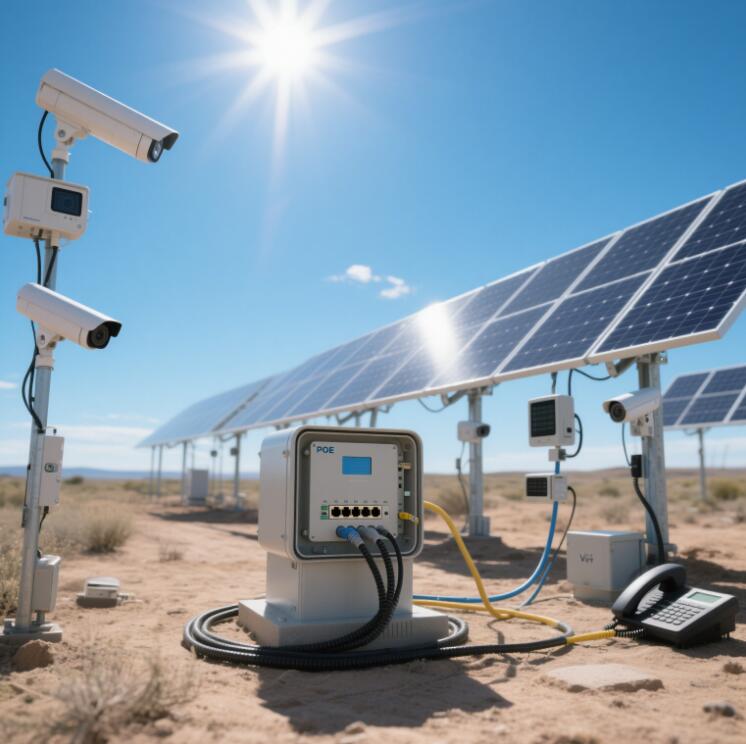
Key Factors Influencing Power Output in a Solar Powered PoE Switch
The power a solar powered PoE switch can provide depends on several factors:
1. Solar Panel Capacity
The wattage of your solar panels directly impacts how much energy can be generated. For instance, a 100W solar panel can provide substantial power during peak sunlight hours.
2. Battery Storage
Batteries store excess energy generated during the day. The battery's capacity (measured in amp-hours) determines how long the PoE switch can continue operating during low-sunlight conditions.
3. PoE Switch Type
Standard PoE (IEEE 802.3af): Provides up to 15.4W per port.
PoE+ (IEEE 802.3at): Delivers up to 30W per port, suitable for high-power devices like PTZ cameras.
PoE++ (IEEE 802.3bt): Supports up to 60W or even 100W per port for industrial use cases.
The switch type and the number of connected devices dictate the total power output required.
4. Connected Devices’ Power Requirements
Different devices draw different amounts of power. For example:
5. Climatic Conditions
Consistent sunlight ensures maximum energy generation. Areas with frequent cloudy days may require larger solar panels and higher-capacity batteries to compensate.
How Much Power Can a Solar Powered PoE Switch Provide?
The exact power a solar powered PoE switch can deliver depends on the factors we’ve discussed. Let’s look at a real-world example:
Solar Panel: A 150W solar panel can generate around 600-700Wh on an average sunny day.
Battery Storage: A 200Ah battery can store enough energy to power devices during the night or cloudy periods.
Power Output: If the PoE switch connects four PoE+ devices requiring 20W each, a total of 80W is needed. The system can comfortably support this for several hours, depending on sunlight and battery storage.
Devices with lower power consumption (like IP cameras or IoT sensors) enable the same system to support even more connections over a longer duration.
Benefits of Using Solar Powered PoE Switches
As industries lean towards sustainability, a solar powered PoE switch offers several benefits:
Eco-Friendly Networking Solutions: Solar power helps reduce dependence on fossil fuels and lowers carbon footprints.
Energy Independence: Solar-powered setups eliminate reliance on grid electricity, making them ideal for off-grid or remote areas.
Scalability: Solar-powered PoE systems can easily expand to meet growing demands.
Cost Savings: After the initial investment, operational costs are minimal due to the use of free, renewable energy.
Reliability: With battery storage options, these systems function seamlessly even without direct sunlight.
Challenges and How to Overcome Them
While solar powered PoE switches offer numerous advantages, they’re not without challenges. Here are a few potential drawbacks:
Higher Initial Costs: Solar panels, batteries, and PoE switches can require significant upfront investments.
Solution: Long-term savings in electricity bills often justify the initial expense.
Weather Dependence: Cloudy days or limited sunlight can reduce solar output.
Solution: Use oversized batteries or hybrid setups that combine solar and grid power.
Maintenance Needs: Panels and batteries require regular upkeep.
Solution: Choose high-quality components and schedule routine maintenance.
Use Cases for Solar Powered PoE Switches
The versatility of these devices makes them perfect for various applications:
Smart Agriculture: Power IoT sensors to monitor soil conditions and automate irrigation systems.
Remote Surveillance Systems: Ensure 24/7 power to surveillance cameras and wireless links in remote locations.
Outdoor Public WiFi: Provide connectivity in parks, campuses, and other outdoor spaces.
Disaster Response: Enable emergency communication systems without relying on traditional power sources.
Choosing the Right Solar Powered PoE Switch for Your Needs
When selecting a solar powered PoE switch, consider these factors:
Number of Ports: Match the number of connected devices.
Power Budget: Ensure sufficient power to meet device requirements.
Solar Panel and Battery Compatibility: Confirm that your solar system can provide adequate energy.
At Lanbras, we offer state-of-the-art solar powered PoE switches designed for maximum reliability and energy efficiency. Whether you’re looking to connect a smart farm or build an off-grid surveillance system, our solutions ensure you stay powered—sustainably.
Conclusion
Solar powered PoE switches combine the best of two worlds: the convenience of PoE and the sustainability of solar energy. Their ability to provide dependable power to networking devices in remote or off-grid areas makes them an essential tool for a greener, more connected future.
If you’re ready to embrace this cutting-edge technology, explore Lanbras’s solar powered PoE switch solutions today. Together, let’s build a sustainable tomorrow.
FAQs About Solar Powered PoE Switches
Q: How does a solar powered PoE switch differ from a regular PoE switch?
A: While both provide power and data over Ethernet, a solar powered PoE switch runs on renewable solar energy, making it ideal for off-grid areas.
Q: What is the maximum power a solar powered PoE device can deliver?
A: It depends on the system design, but PoE ports can deliver up to 15.4W (PoE), 30W (PoE+), or 60-100W (PoE++) per device.
Q: Can a solar powered PoE switch work during the night?
A: Yes, with proper battery storage, these switches can operate seamlessly even at night.
For more information on sustainable networking solutions, visit lanaotek.com today!
 Internet Data Center
Internet Data Center FAQs
FAQs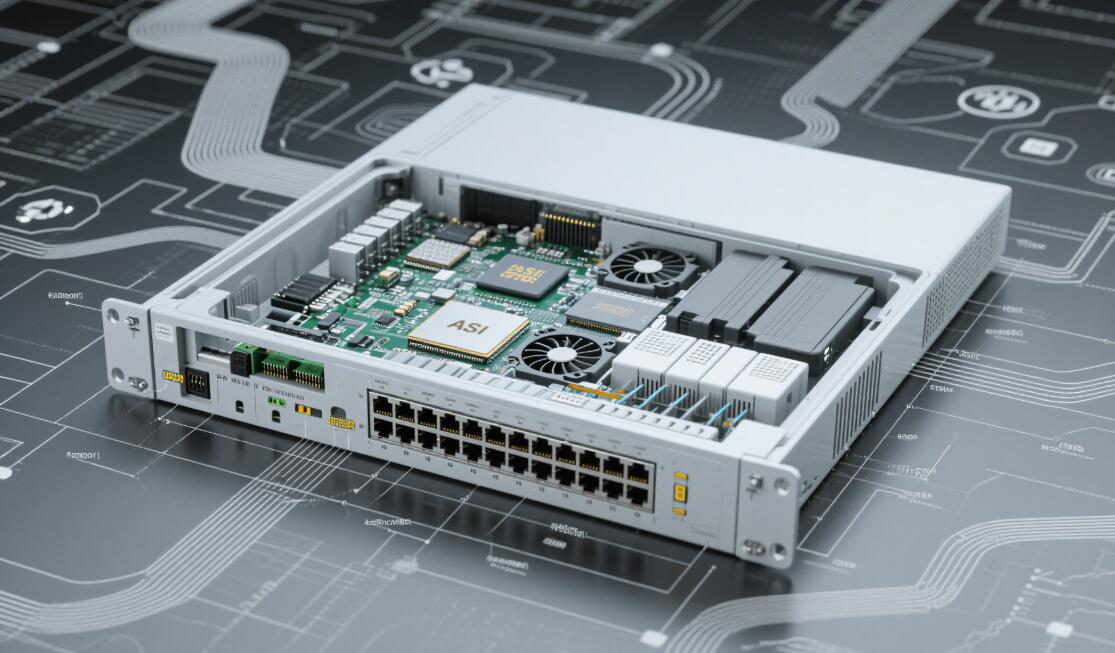 Industry News
Industry News About Us
About Us Data Center Switch
Data Center Switch  Enterprise Switch
Enterprise Switch  Industrial Switch
Industrial Switch  Access Switch
Access Switch  Integrated Network
Integrated Network  Optical Module & Cable
Optical Module & Cable 


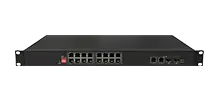

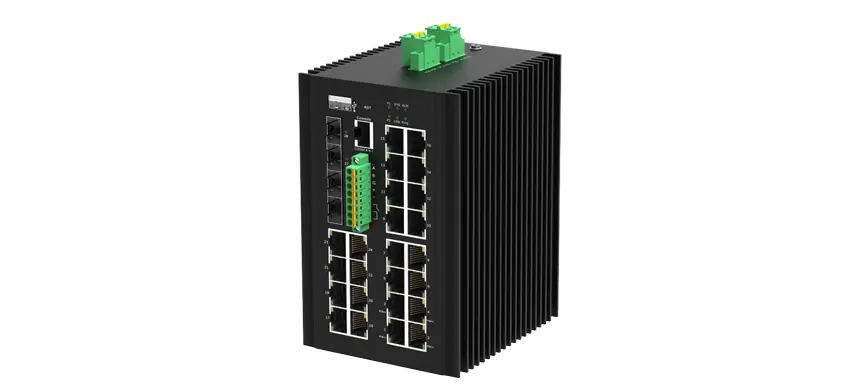


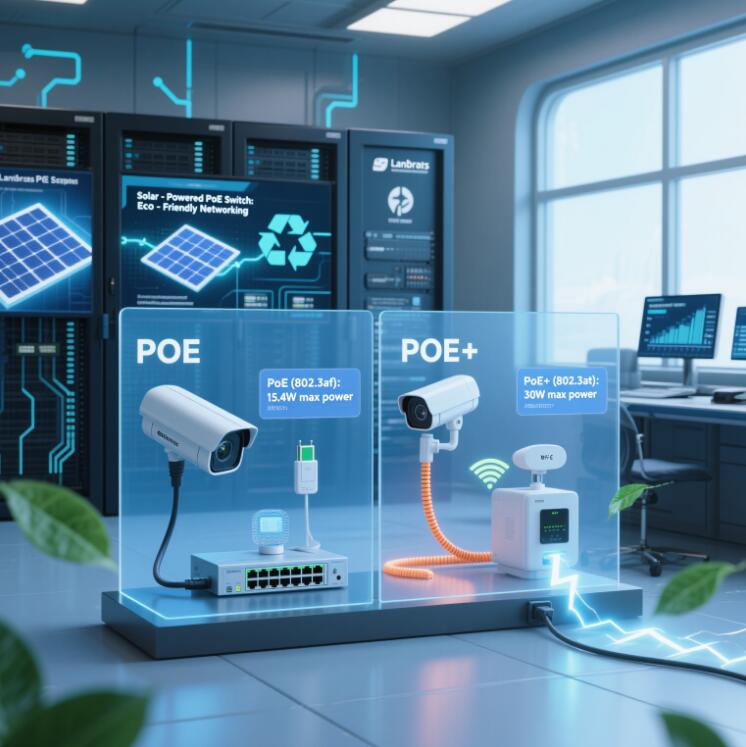
 Call us on:
Call us on:  Email Us:
Email Us:  Room 2106, 3D Building, Tianan Yungu Industrial Park, Xuegang Road No.2018, Bantian, Longgang, Shenzhen, P.R.C.
Room 2106, 3D Building, Tianan Yungu Industrial Park, Xuegang Road No.2018, Bantian, Longgang, Shenzhen, P.R.C.